Home>Furniture & Design>Interior Design Trends>How Many Calories Is A Glass Of Riesling?
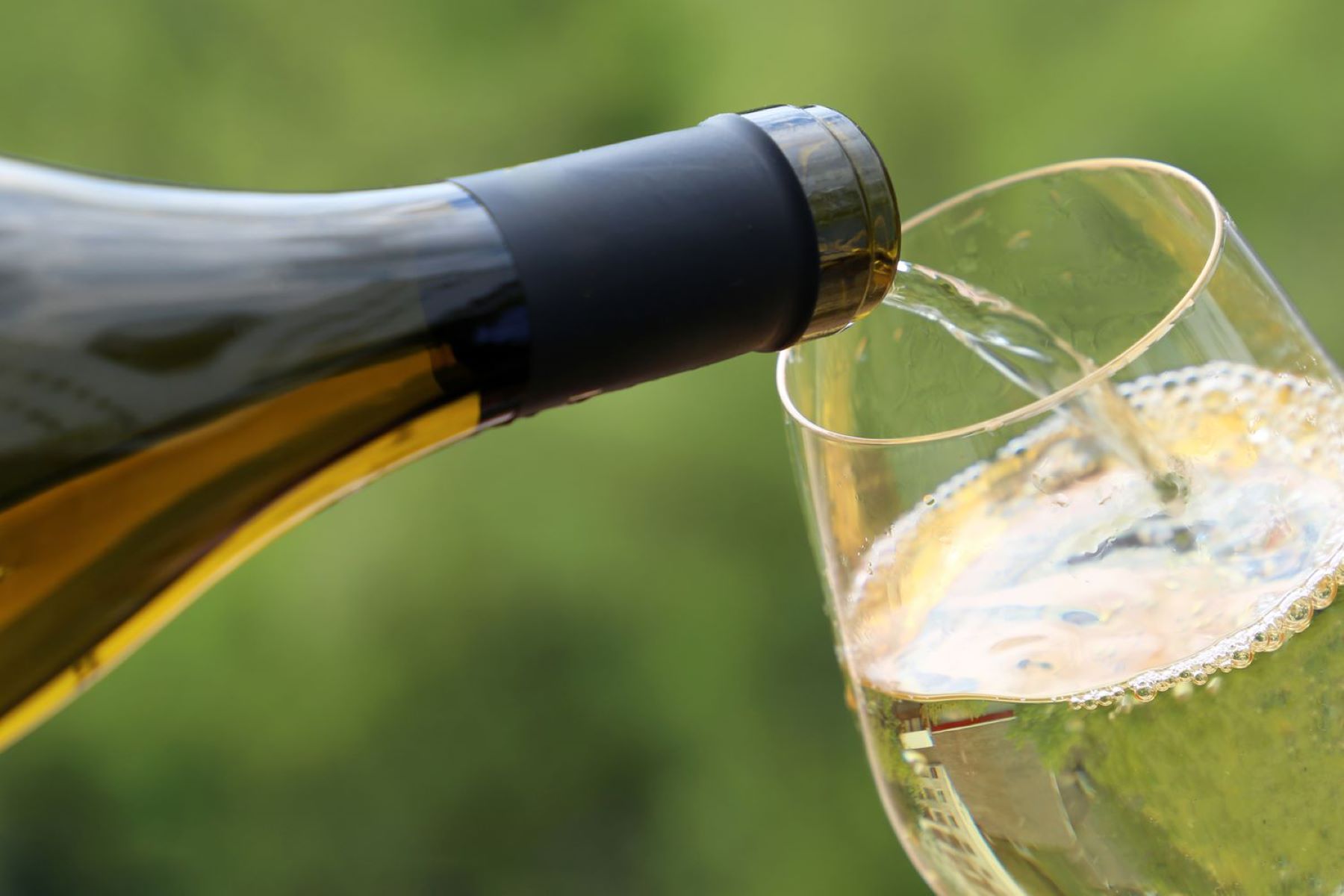

Interior Design Trends
How Many Calories Is A Glass Of Riesling?
Published: February 5, 2024
Discover the calorie count in a glass of Riesling and explore the latest interior design trends. Learn how to balance indulgence with style.
(Many of the links in this article redirect to a specific reviewed product. Your purchase of these products through affiliate links helps to generate commission for Storables.com, at no extra cost. Learn more)
Introduction
When it comes to enjoying a glass of wine, many factors come into play, from the flavor profile to the alcohol content. However, one aspect that is often overlooked is the calorie content. Understanding the caloric value of different wines is essential for those who are mindful of their dietary intake or are simply curious about the nutritional aspects of their favorite beverages.
In this article, we will delve into the world of Riesling, a beloved white wine known for its aromatic qualities and versatility. We will explore the calorie content of a typical glass of Riesling and discuss the factors that can influence its caloric value. Additionally, we will provide practical tips for managing the calorie intake associated with enjoying this delightful wine.
So, if you've ever wondered about the calorie count in a glass of Riesling or are interested in learning more about the nutritional aspects of wine, this article is for you. Let's embark on a journey to uncover the fascinating relationship between Riesling and calorie content.
Key Takeaways:
- Enjoying Riesling? A 5-ounce glass contains around 120-130 calories. Opt for drier styles and mindful serving sizes to savor this aromatic white wine while managing your calorie intake.
- Riesling’s calorie content varies based on sweetness, alcohol, and serving size. Pair it with balanced foods, stay hydrated, and enjoy in moderation for a delightful, mindful experience.
Read more: How Many Calories Is A Glass Of Whiskey
What is Riesling?
Riesling is a versatile and aromatic white wine that originates from the Rhine region of Germany. It is renowned for its exceptional range of flavors, from crisp and dry to lusciously sweet, making it a favorite among wine enthusiasts worldwide. The grape variety used to produce Riesling is known for its ability to thrive in cooler climates, resulting in wines that boast refreshing acidity and distinct fruit notes.
One of the most captivating aspects of Riesling is its ability to reflect the terroir, or the environmental factors that influence grape cultivation. This means that Riesling wines can vary significantly based on the region in which the grapes are grown, showcasing unique characteristics that capture the essence of their origin.
Riesling is celebrated for its aromatic profile, often exuding fragrant notes of citrus, green apple, peach, and floral undertones. These captivating aromas contribute to the wine's allure and make it a delightful sensory experience for enthusiasts and novices alike.
In terms of taste, Riesling offers a spectrum of flavors, ranging from zesty and mineral-driven to rich and honeyed, depending on the ripeness of the grapes and the winemaking techniques employed. This diversity allows Riesling to pair harmoniously with a wide array of cuisines, from spicy Asian dishes to delicate seafood preparations, showcasing its remarkable versatility.
Furthermore, Riesling is known for its aging potential, with high-quality bottles developing complex flavors and evolving gracefully over time. This characteristic sets Riesling apart from many other white wines, as it offers the opportunity for enthusiasts to experience the wine's evolution and maturation.
Overall, Riesling stands as a beloved and esteemed varietal in the world of wine, cherished for its aromatic allure, diverse flavor profile, and ability to capture the essence of its terroir. Whether enjoyed as a crisp and refreshing aperitif or as a companion to a gourmet meal, Riesling continues to captivate wine lovers with its distinctive charm and unparalleled character.
How Many Calories in a Glass of Riesling?
The calorie content of a glass of Riesling can vary based on several factors, including the serving size and the wine's residual sugar content. On average, a standard 5-ounce (150 ml) serving of Riesling contains approximately 120-130 calories. However, it's important to note that this is a general estimate, and the actual calorie count may fluctuate depending on specific wine characteristics and production methods.
Riesling wines are known for their versatility, ranging from bone-dry to lusciously sweet. The sweetness level of the wine can significantly impact its calorie content. Generally, sweeter Rieslings tend to have a higher sugar content, which contributes to a slightly elevated calorie count compared to drier counterparts. As a result, it's essential to consider the wine's sweetness level when assessing its caloric impact.
Moreover, the alcohol by volume (ABV) of Riesling can influence its calorie content. Wines with higher alcohol levels typically contain more calories per serving. While Riesling is generally lower in alcohol compared to many red wines, variations in ABV among different Riesling bottlings can lead to slight differences in calorie counts.
In addition to the wine's inherent characteristics, serving size plays a crucial role in determining the calorie intake from Riesling consumption. A standard serving of 5 ounces (150 ml) is commonly used as a reference point for estimating the calorie content of wine. However, individuals should be mindful of their pour sizes, as larger servings will naturally contain more calories.
It's worth noting that the calorie content of Riesling, like other wines, primarily stems from its alcohol and sugar content. Alcohol contributes to the majority of the calories in wine, while residual sugar also adds to the overall caloric value, particularly in sweeter styles of Riesling.
Understanding the calorie content of Riesling is valuable for those who are conscious of their dietary intake or are seeking to make informed choices about their wine consumption. By considering the factors that influence the calorie count of Riesling, individuals can approach their wine enjoyment with a greater awareness of its nutritional aspects.
In the next section, we will delve into the various factors that can affect the calorie content of Riesling, shedding light on the nuances that contribute to the overall caloric impact of this beloved white wine.
A 5 oz glass of Riesling typically contains around 120-130 calories. Keep in mind that sweeter Rieslings may have slightly more calories due to higher sugar content.
Factors Affecting the Calories in Riesling
The calorie content of Riesling is influenced by several key factors, each playing a significant role in shaping the overall nutritional profile of this beloved white wine. Understanding these factors is essential for gaining insight into the caloric impact of Riesling consumption and making informed choices about dietary intake. Let's explore the elements that contribute to the calorie count of Riesling:
-
Residual Sugar Content: The residual sugar level in Riesling is a primary determinant of its calorie content. Sweeter Riesling wines, characterized by a higher residual sugar content, tend to have a greater number of calories per serving compared to drier styles. The presence of residual sugar contributes to the overall sweetness of the wine and adds to its caloric value.
-
Alcohol by Volume (ABV): The alcohol content of Riesling, measured as alcohol by volume (ABV), is another influential factor in determining its calorie count. While Riesling is generally lower in alcohol compared to many red wines, variations in ABV among different Riesling bottlings can lead to slight differences in calorie counts. Higher alcohol levels contribute to an increased calorie content per serving.
-
Serving Size: The size of the serving plays a crucial role in the overall calorie intake from Riesling consumption. A standard serving of 5 ounces (150 ml) is commonly used as a reference point for estimating the calorie content of wine. However, individuals should be mindful of their pour sizes, as larger servings naturally contain more calories. Controlling the serving size is essential for managing the calorie intake associated with enjoying Riesling.
-
Winemaking Techniques: The winemaking methods employed in crafting Riesling can impact its calorie content. For instance, the use of late harvest or botrytized grapes in the production of sweet Riesling wines contributes to higher sugar levels, consequently affecting the wine's caloric value. Additionally, techniques such as chaptalization, which involves adding sugar to the grape must before fermentation, can influence the final calorie count of the wine.
-
Terroir and Grape Ripeness: The environmental factors that shape the terroir, including climate, soil composition, and grape ripeness, can influence the calorie content of Riesling. Grapes grown in warmer climates may attain higher sugar levels, potentially resulting in wines with increased calorie counts. Furthermore, the ripeness of the grapes at harvest impacts the sugar content of the wine, thereby affecting its caloric value.
By considering these factors, individuals can gain a comprehensive understanding of the elements that contribute to the calorie content of Riesling. This knowledge empowers wine enthusiasts and health-conscious consumers to make informed decisions regarding their wine consumption and dietary choices. As we continue to explore the nutritional aspects of Riesling, it becomes evident that the interplay of these factors shapes the wine's caloric impact, adding depth to its allure and complexity.
Tips for Managing Calories in Riesling
Managing the calorie intake associated with enjoying Riesling can be approached with mindfulness and moderation. By implementing practical strategies, individuals can savor this beloved white wine while being conscious of their dietary choices. Here are valuable tips for managing the calories in Riesling:
-
Opt for Dry or Off-Dry Styles: Choosing drier or off-dry Riesling wines can be a favorable approach for moderating calorie intake. These styles typically contain lower residual sugar levels, resulting in a reduced caloric impact per serving compared to sweeter counterparts. By exploring the spectrum of dry and off-dry Rieslings, individuals can enjoy the wine's character while managing their calorie consumption.
-
Mindful Serving Sizes: Being mindful of serving sizes is essential for controlling calorie intake. Opting for standard 5-ounce (150 ml) servings allows individuals to enjoy Riesling in moderation while being conscious of the calories consumed. Avoiding oversized pours can help maintain a balanced approach to wine enjoyment and dietary awareness.
-
Balanced Pairings: Pairing Riesling with balanced and nutritious foods can contribute to a holistic approach to managing calorie intake. The wine's versatility allows for delightful pairings with a variety of dishes, including fresh salads, grilled seafood, and light poultry preparations. By incorporating wholesome food pairings, individuals can enhance their dining experience while maintaining a balanced approach to calorie management.
-
Physical Activity: Engaging in physical activity can complement a mindful approach to enjoying Riesling. Incorporating regular exercise into one's routine can contribute to overall well-being and help offset the calories consumed from wine. Whether it's a leisurely walk, a yoga session, or an active workout, physical activity can align with a balanced lifestyle that includes the occasional indulgence in Riesling.
-
Hydration and Moderation: Staying hydrated and practicing moderation are fundamental principles for managing calorie intake. Alternating glasses of Riesling with water not only promotes hydration but also helps pace the consumption of wine. Additionally, being mindful of overall alcohol consumption and enjoying Riesling in moderation aligns with a balanced approach to wellness.
By integrating these tips into their wine enjoyment, individuals can savor Riesling while being mindful of their calorie intake. Embracing a balanced and conscious approach to wine consumption allows for the appreciation of Riesling's captivating qualities while aligning with personal wellness goals.
Read more: How Many Calories Is A Glass Of Milk
Conclusion
In conclusion, the calorie content of Riesling is a multifaceted aspect that intertwines with the wine's inherent characteristics, production methods, and serving considerations. Understanding the caloric impact of Riesling is valuable for individuals who seek to balance their enjoyment of this beloved white wine with mindful dietary choices. By exploring the factors that influence the calorie count of Riesling, we gain insight into the nuanced interplay of sweetness levels, alcohol content, serving sizes, and winemaking techniques.
Riesling's versatility, from bone-dry to lusciously sweet styles, offers a spectrum of flavors that cater to diverse palates. This diversity, coupled with the wine's ability to reflect its terroir, contributes to its enduring appeal among wine enthusiasts. While sweeter Rieslings may carry a slightly higher calorie count, the wine's aromatic allure and ability to pair harmoniously with a wide range of cuisines make it a cherished indulgence for many.
The interplay of residual sugar content, alcohol by volume, serving sizes, winemaking techniques, and terroir underscores the intricate nature of Riesling's caloric impact. By considering these factors, individuals can approach their wine enjoyment with a greater awareness of its nutritional aspects, aligning with their wellness goals while savoring the wine's captivating qualities.
Furthermore, practical tips for managing calories in Riesling, such as opting for drier styles, mindful serving sizes, balanced pairings, physical activity, and hydration, empower individuals to embrace a holistic approach to wine consumption. These strategies align with a balanced lifestyle, allowing for the appreciation of Riesling's character while maintaining a conscious awareness of dietary intake.
Ultimately, the journey to uncover the calorie content of Riesling unveils the intricate tapestry of factors that contribute to its nutritional profile. From the vineyards where the grapes are cultivated to the winemaking techniques that shape the final product, Riesling embodies a rich narrative that extends beyond its sensory pleasures. By embracing a mindful and balanced approach to enjoying Riesling, individuals can savor the wine's allure while aligning with their personal wellness aspirations.
In essence, the calorie content of Riesling serves as a reminder of the intricate connections between wine, nutrition, and mindful indulgence. As we raise our glasses to savor the complexities of Riesling, we embark on a journey that celebrates the harmony of flavor, well-being, and the art of conscious enjoyment.
Frequently Asked Questions about How Many Calories Is A Glass Of Riesling?
Was this page helpful?
At Storables.com, we guarantee accurate and reliable information. Our content, validated by Expert Board Contributors, is crafted following stringent Editorial Policies. We're committed to providing you with well-researched, expert-backed insights for all your informational needs.
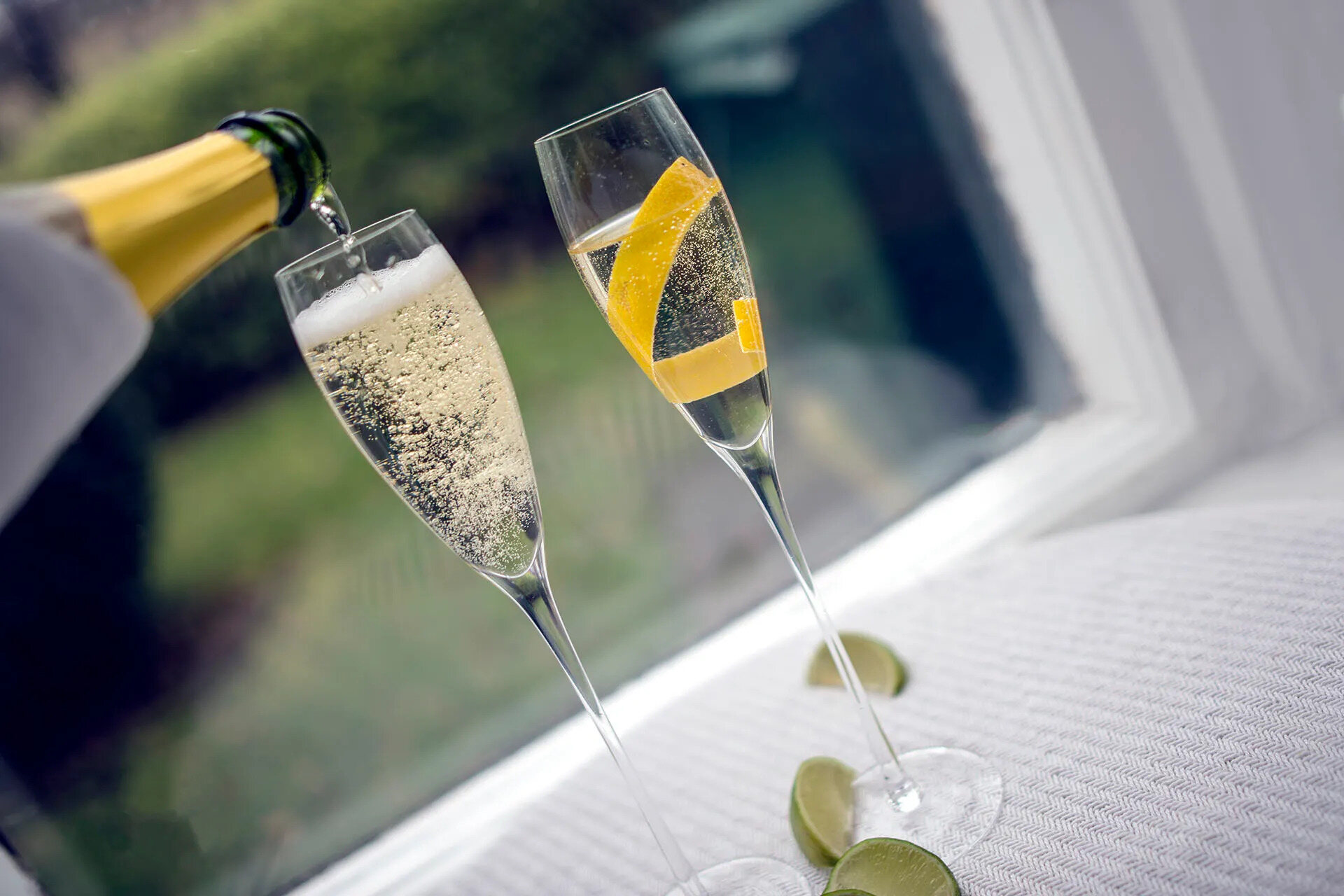


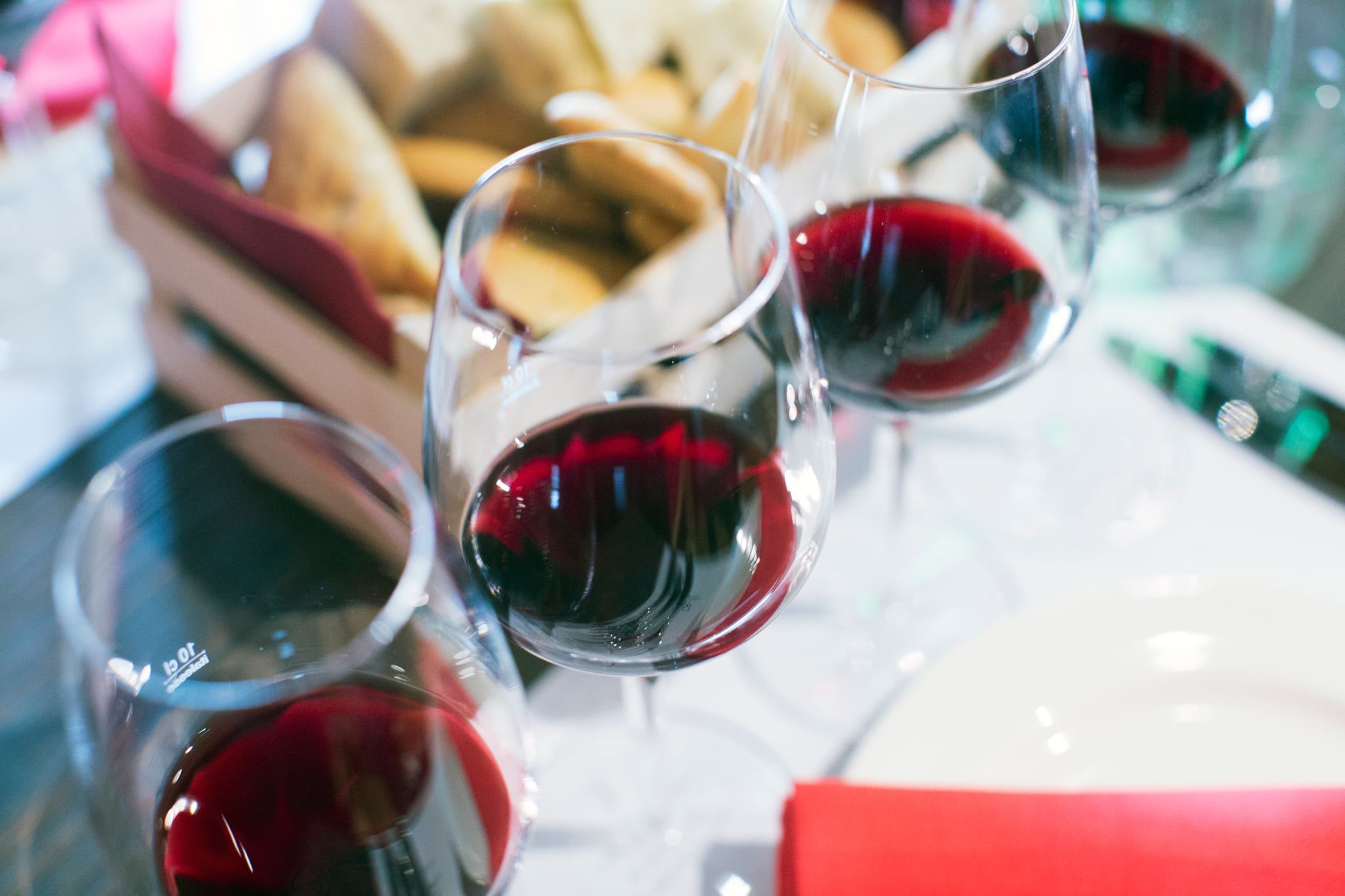
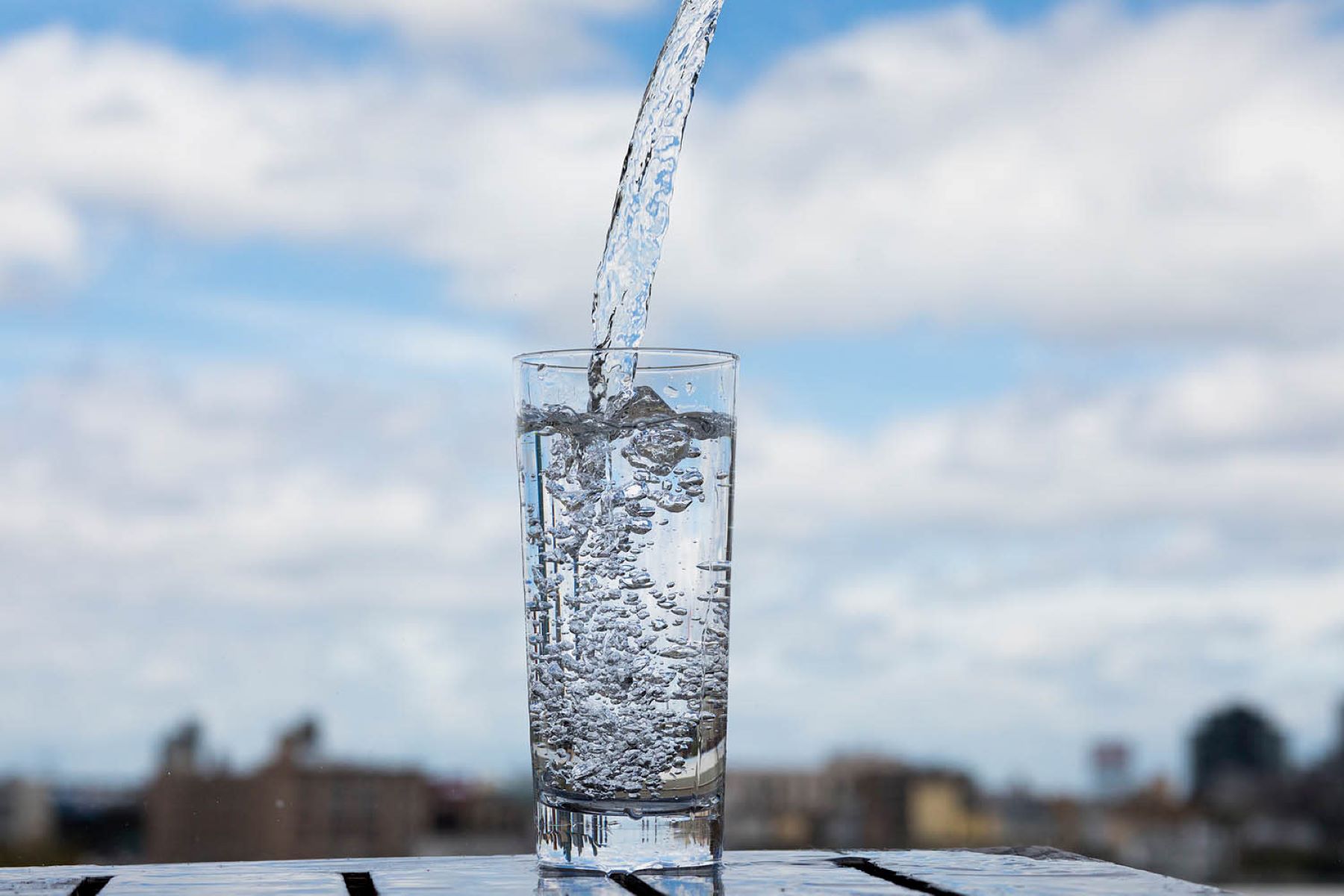

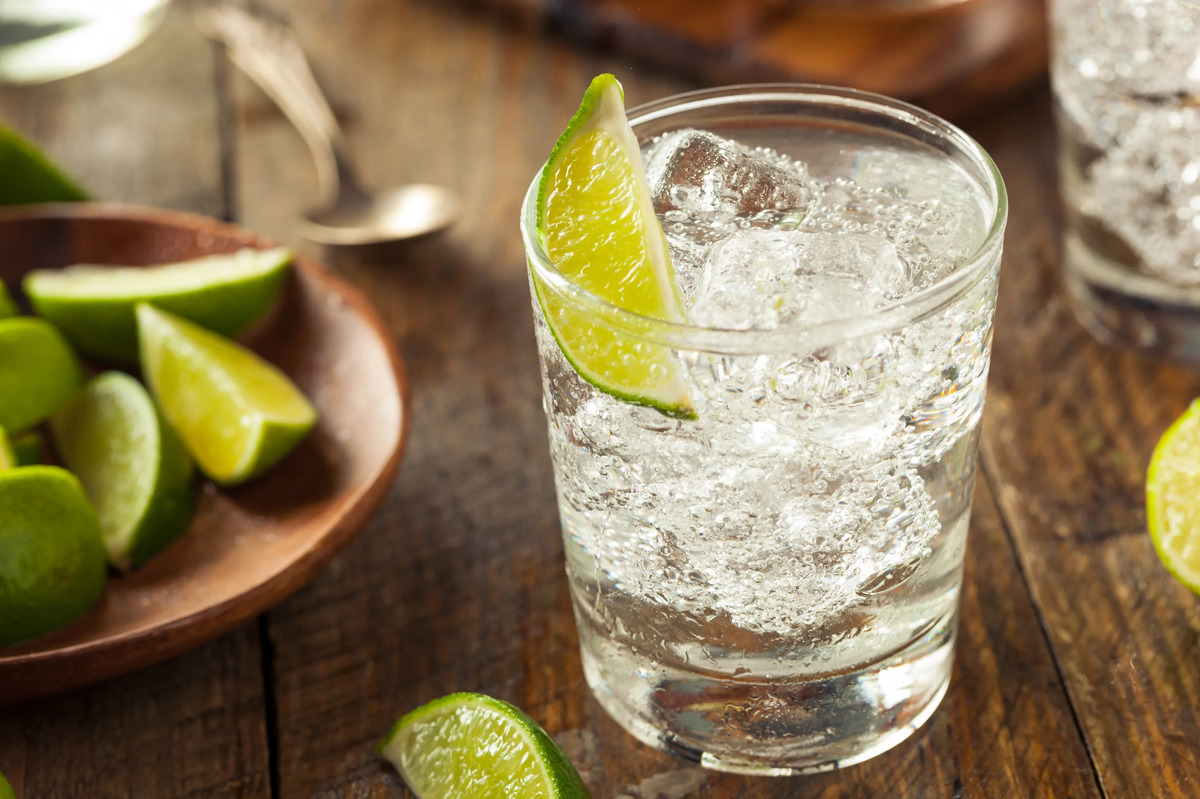
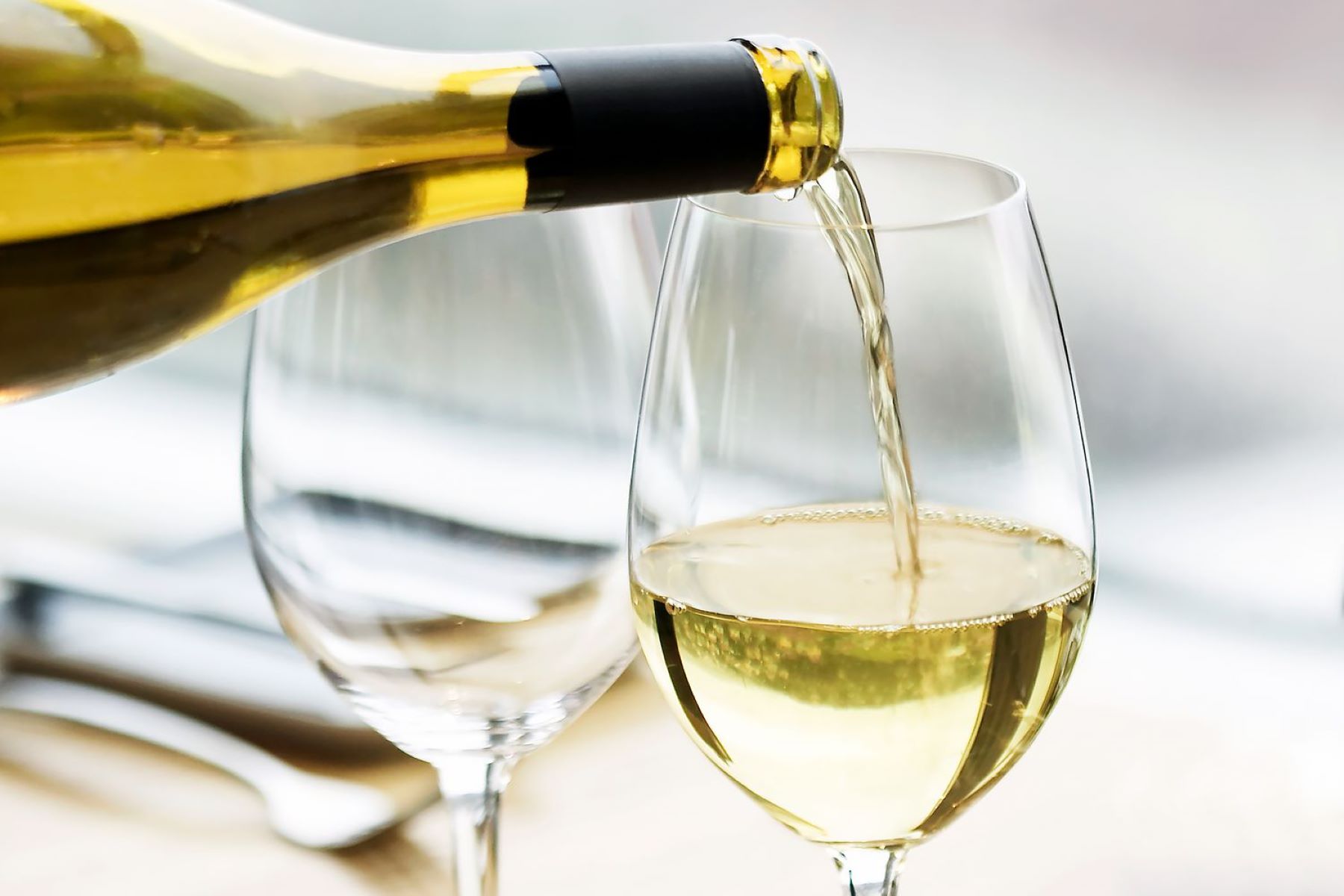
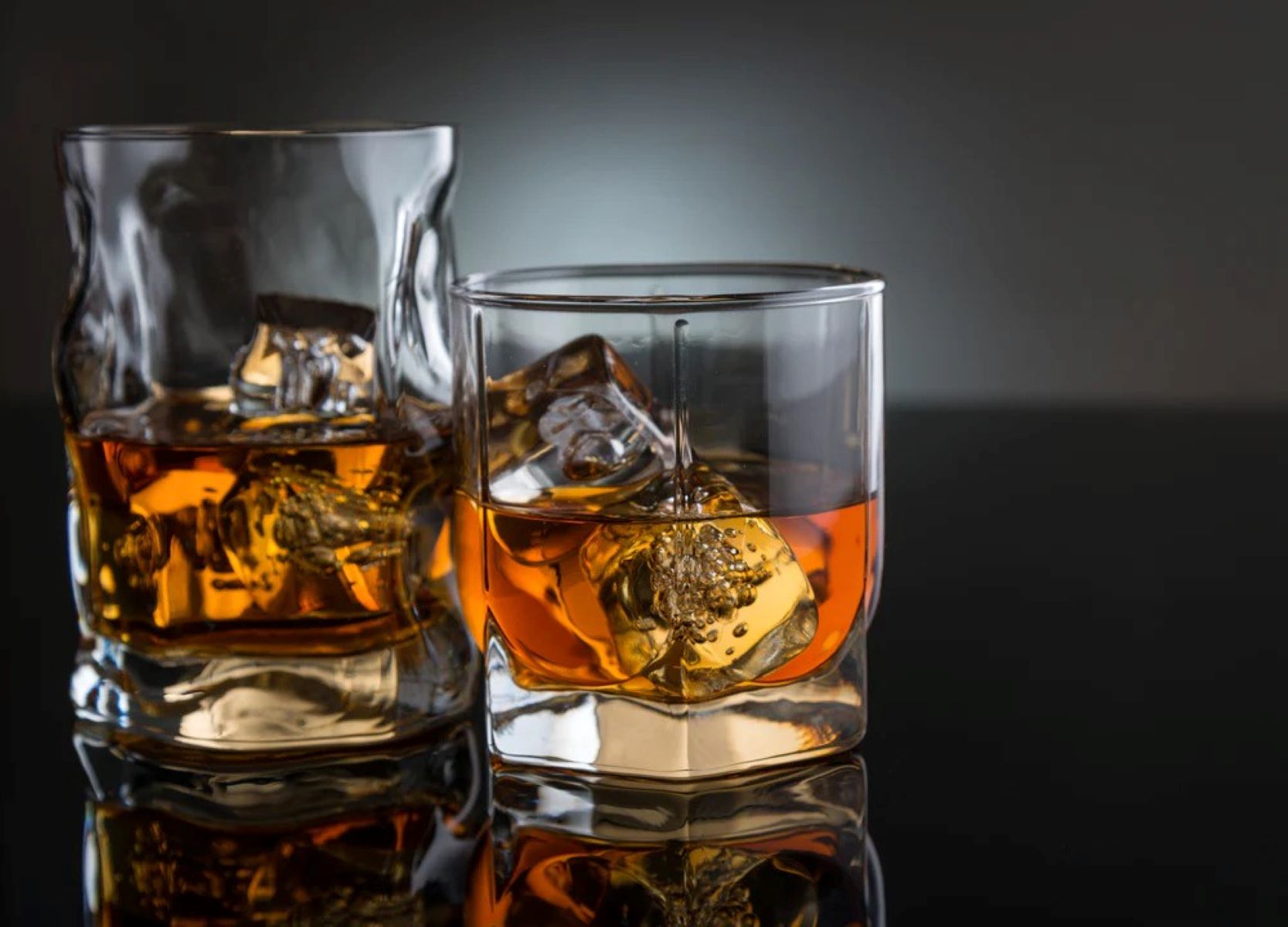
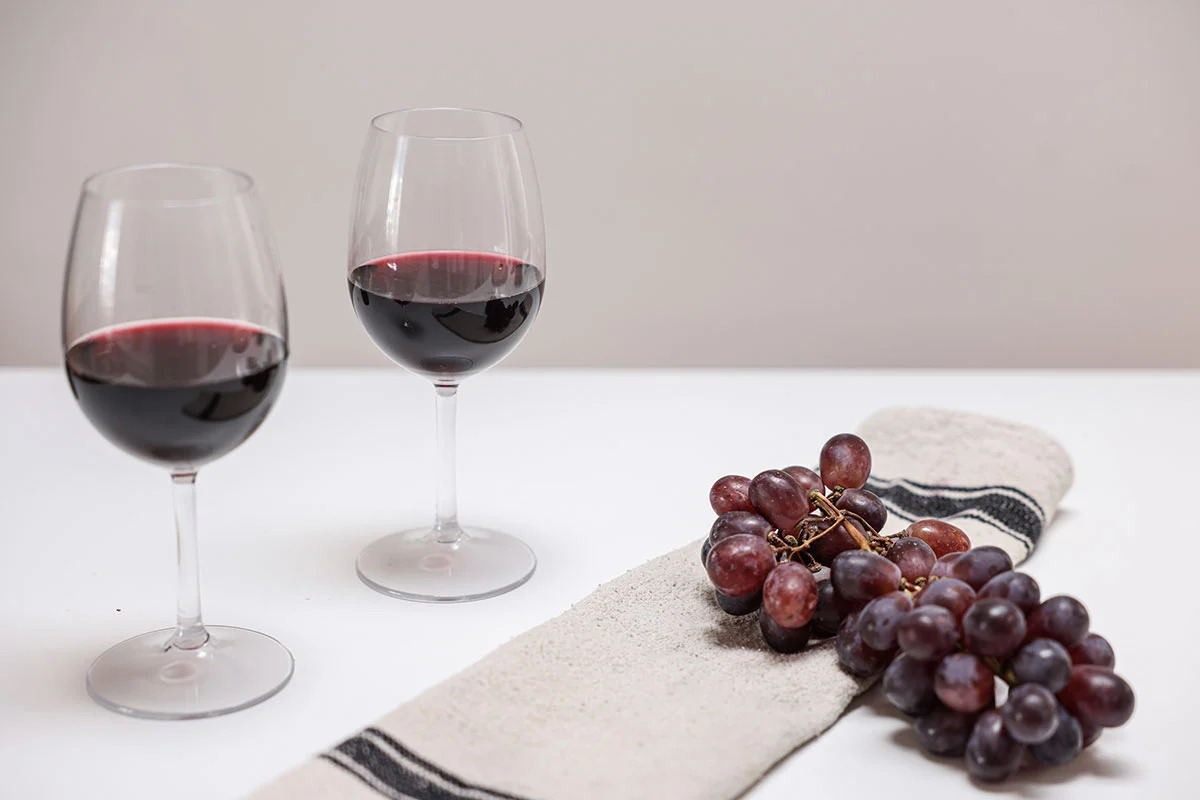
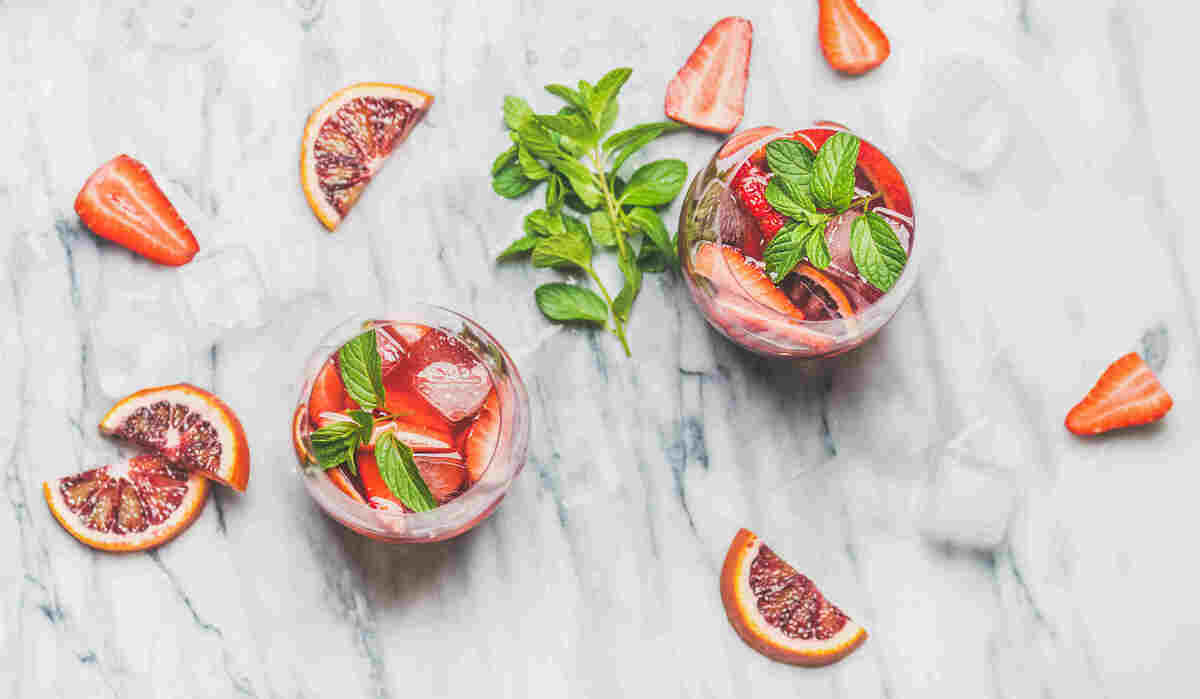
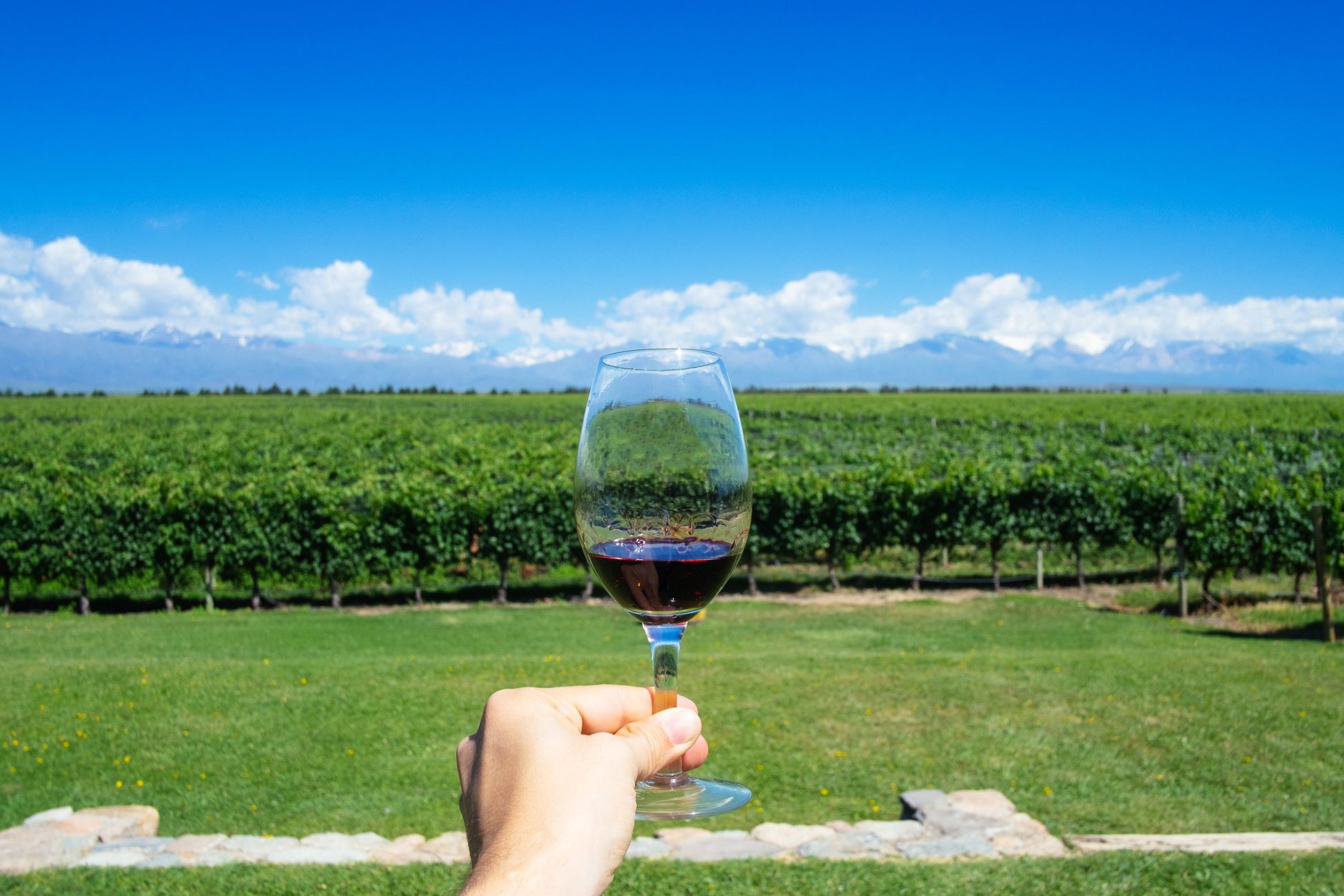
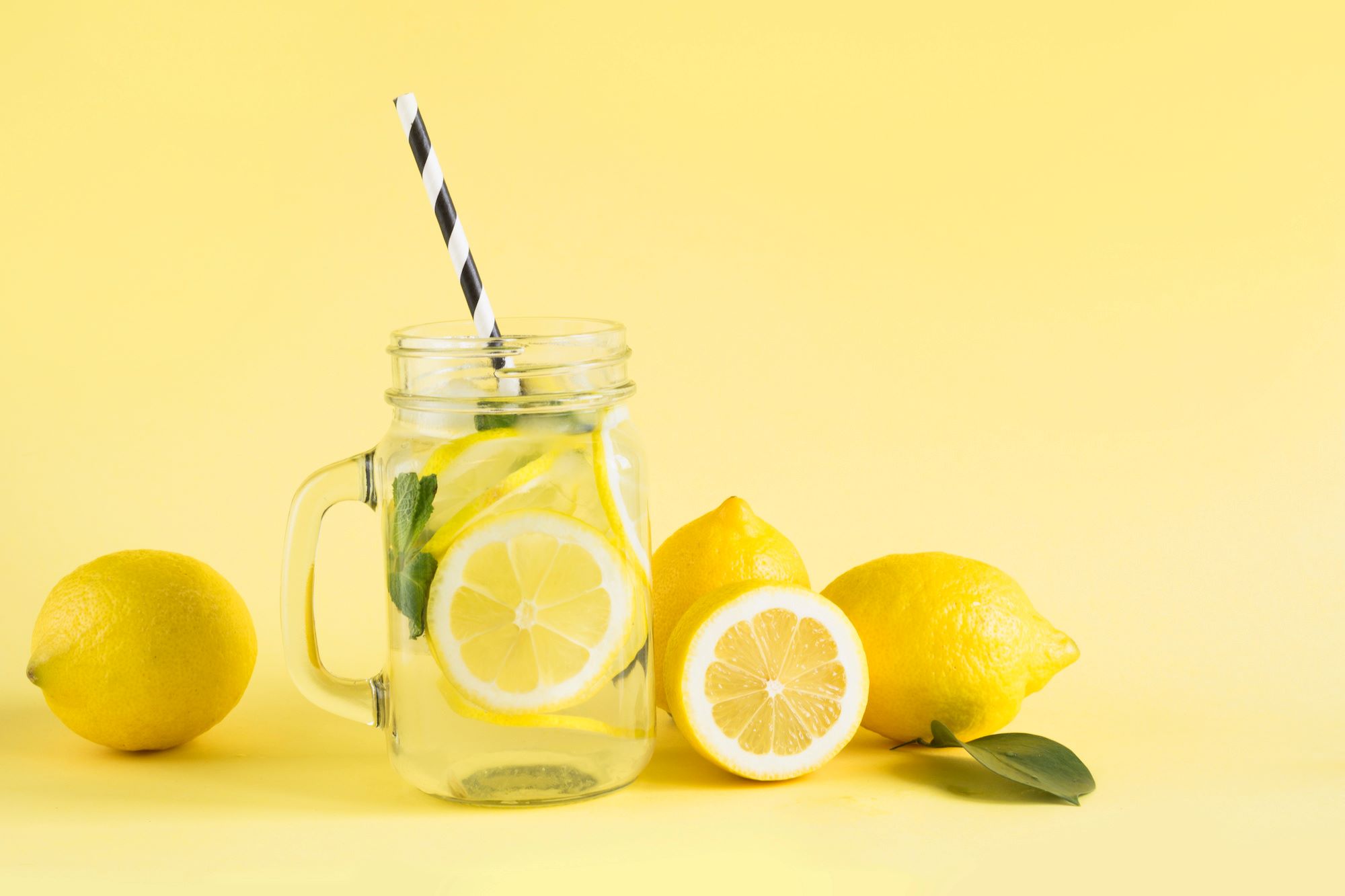
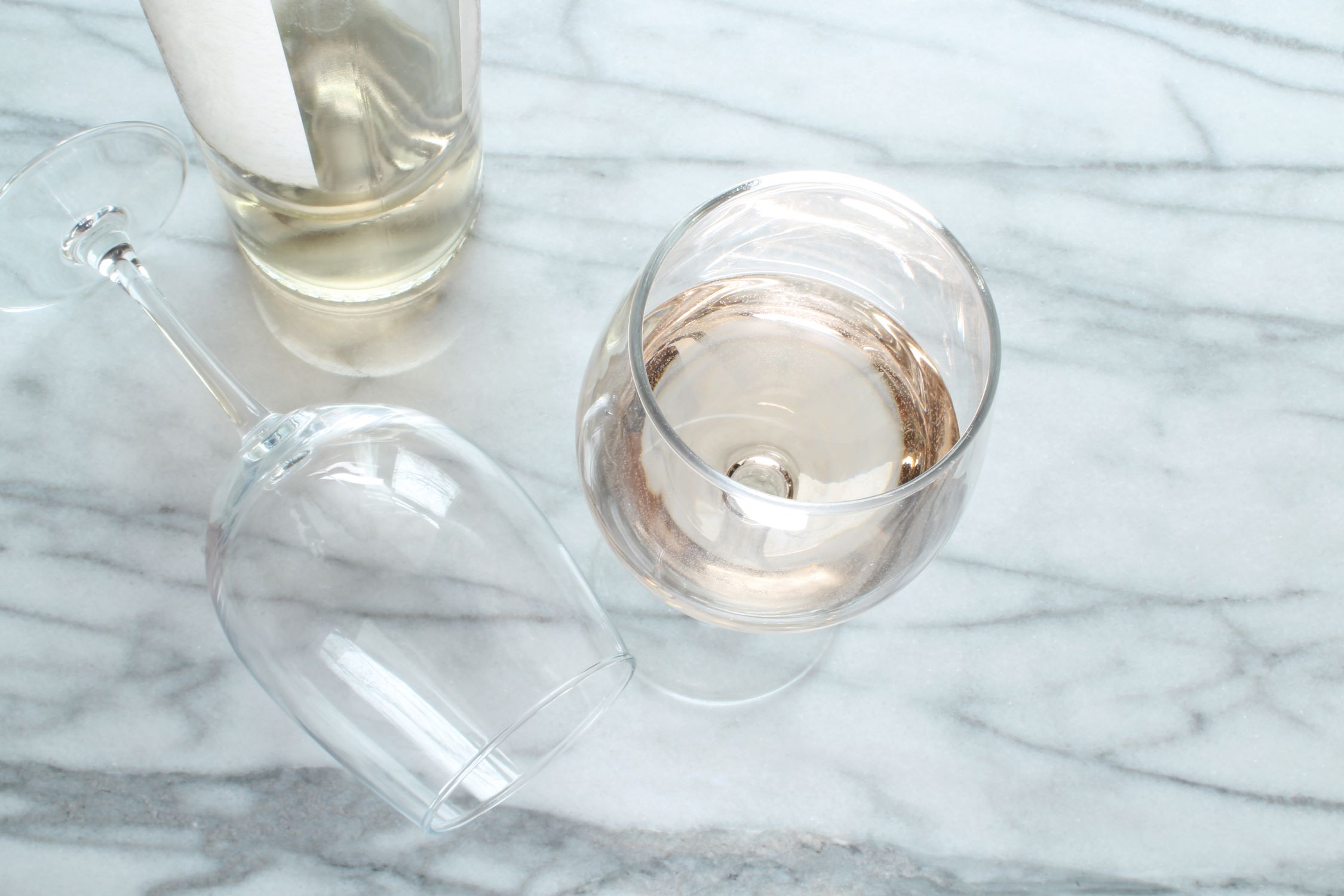

0 thoughts on “How Many Calories Is A Glass Of Riesling?”